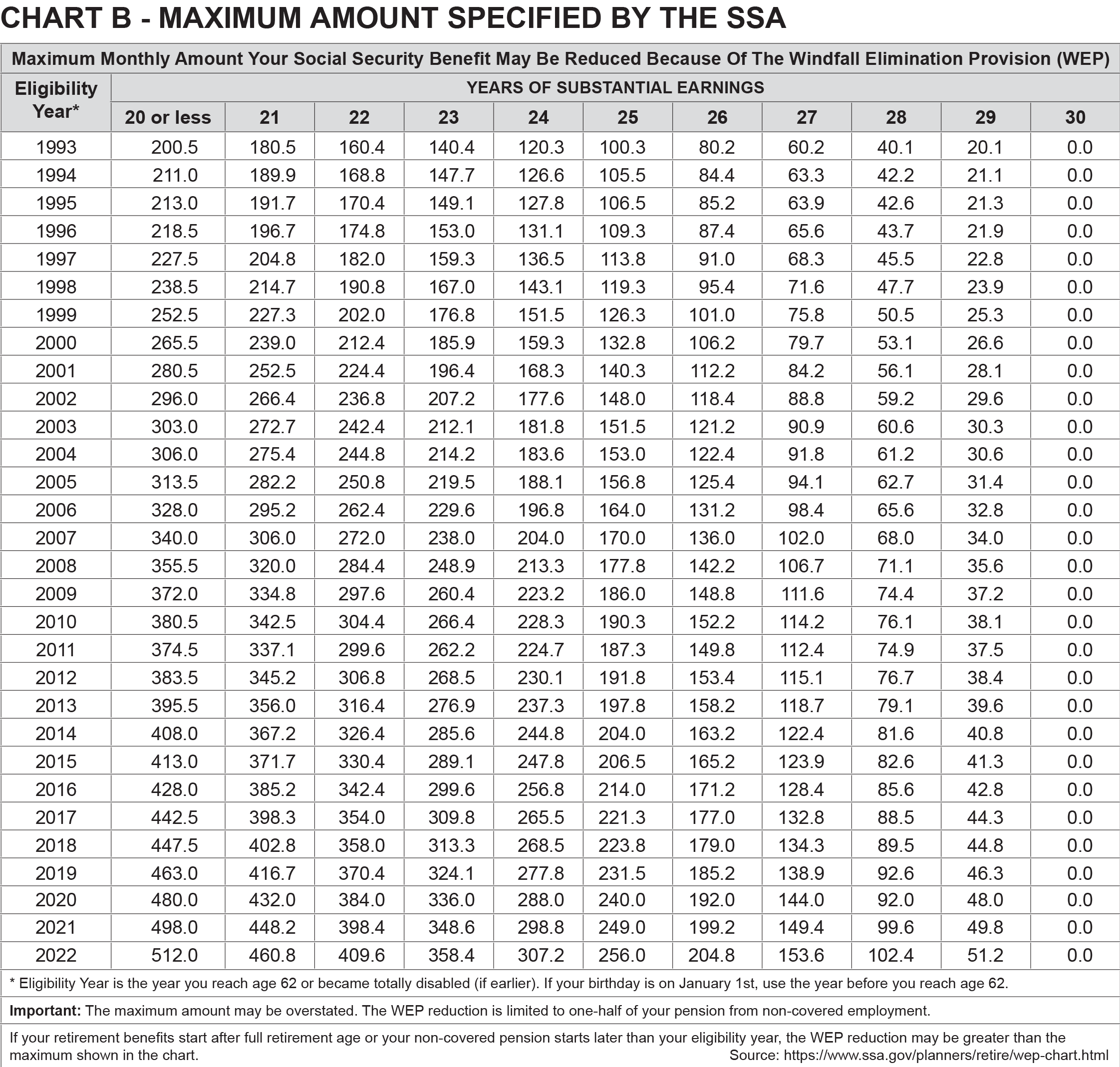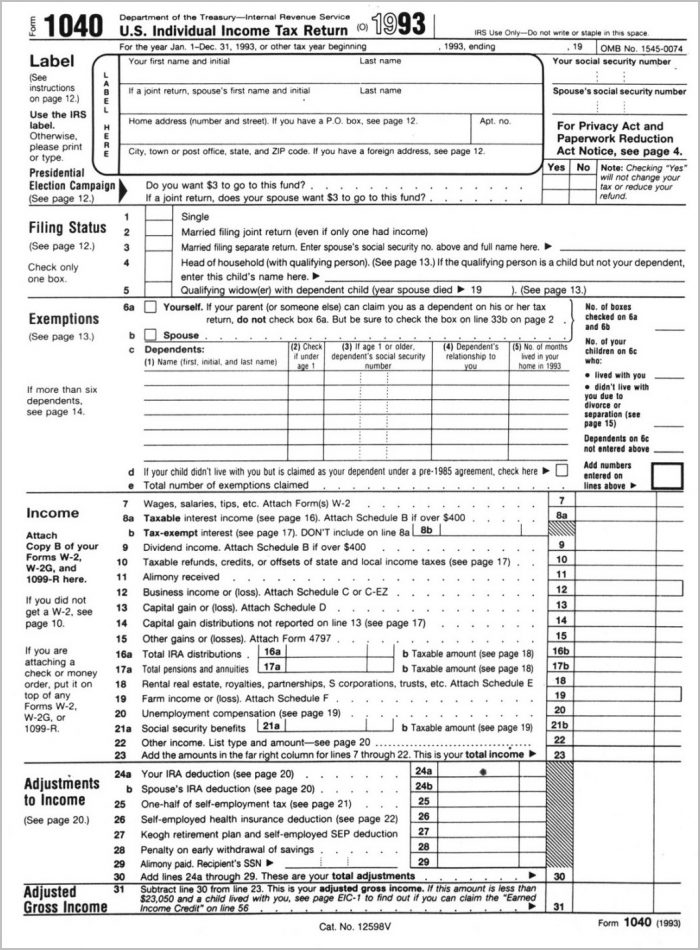Social Security Tax Rates: Understanding the Ceiling and Future Projections
BlogTable of Contents
- Social security tax rates in Europe 2024
- 2024 Social Security Tax Limit - Pro Invest News
- Social Security 2024: Estimate for COLA Might Disappoint Retirees After ...
- Social Security 2024: +0/MO, TAX ELIMINATION + MORE (SSI SSDI SS VA ...
- 2024 Social Security Maximum Withholding - Edyth Haleigh
- A Look at Social Security Changes in 2024 - Diener Money Management
- Social Security Withholding For 2024 Form - Rosie Claretta
- Social Security Is INCREASING in 2024… Here’s the Exact AMOUNT 3.1% ...
- Social Security Is INCREASING in 2024… Here’s the Exact AMOUNT 3.1% ...
- Social Security Tax Maximum 2024 - Cathi Danella



Current Social Security Tax Rates


The Social Security tax rate has remained steady at 12.4% since 1990, but the taxable maximum has increased over the years to account for inflation and rising wages. Despite this, the Social Security trust funds are still facing a significant shortfall, with the latest projections indicating that the funds will be depleted by 2035.

:max_bytes(150000):strip_icc():format(jpeg)/iStock_92129291_MEDIUM.social.security.bldg-e5e3b3bde3db445ab7edf3bb24fd255a.jpg)
The Tax Rate Ceiling: How High Can It Go?


Some experts have suggested that a modest increase in the tax rate, such as an additional 1-2% on earnings above the taxable maximum, could help extend the solvency of the trust funds. Others have proposed more drastic measures, such as removing the taxable maximum altogether, which would require high-income earners to pay Social Security taxes on all their earnings.

Future Projections: What to Expect
Looking ahead, it's likely that Social Security taxes will increase in some form, although the exact nature and extent of these increases are uncertain. The 2022 Social Security Trustees Report projects that the trust funds will be depleted by 2035, at which point the program will only be able to pay out about 80% of scheduled benefits.To avoid this shortfall, lawmakers may consider a combination of tax increases, benefit reductions, and other reforms. Some possible scenarios include:
- Increasing the Social Security tax rate by 1-2% on earnings above the taxable maximum
- Removing the taxable maximum and requiring high-income earners to pay Social Security taxes on all their earnings
- Implementing means-testing for Social Security benefits, where higher-income beneficiaries receive reduced or no benefits
- Raising the full retirement age for Social Security benefits
Stay tuned for further updates on Social Security tax rates and other important developments affecting your financial future.